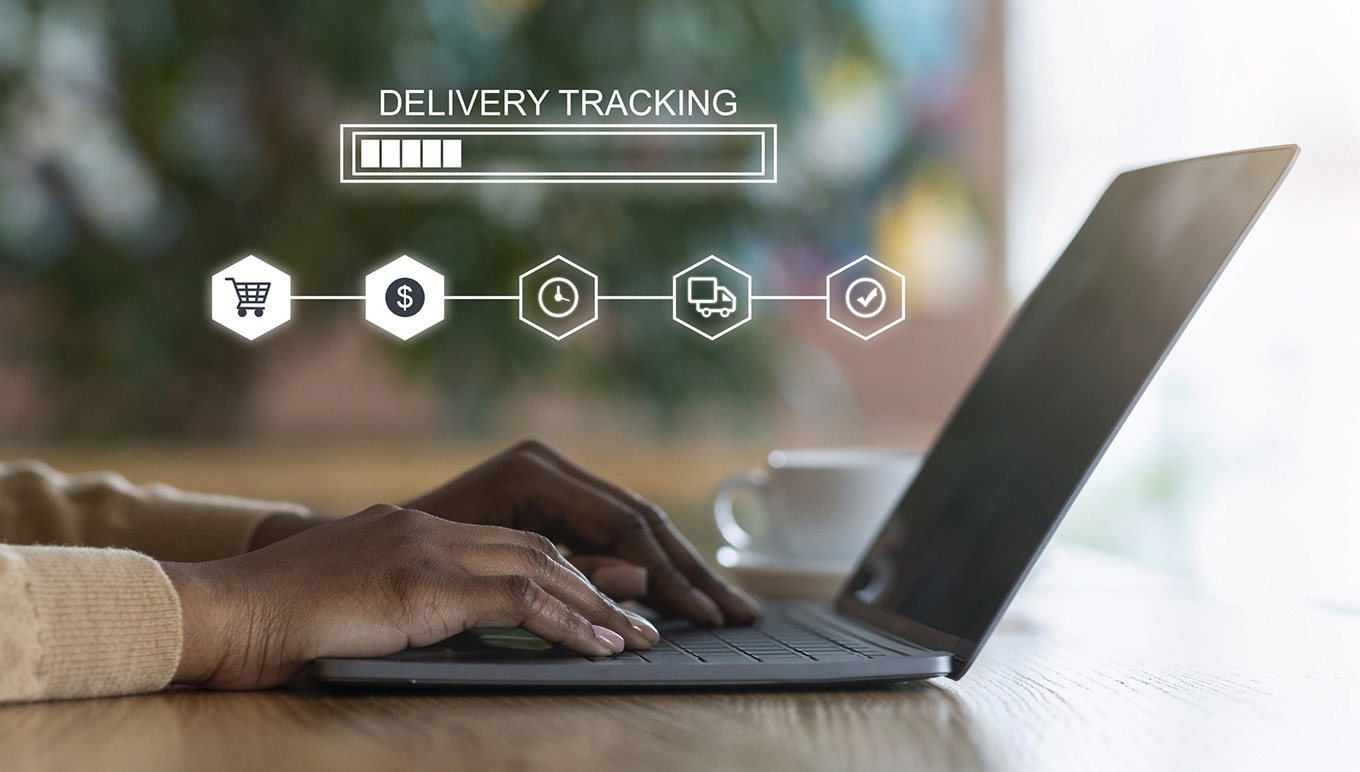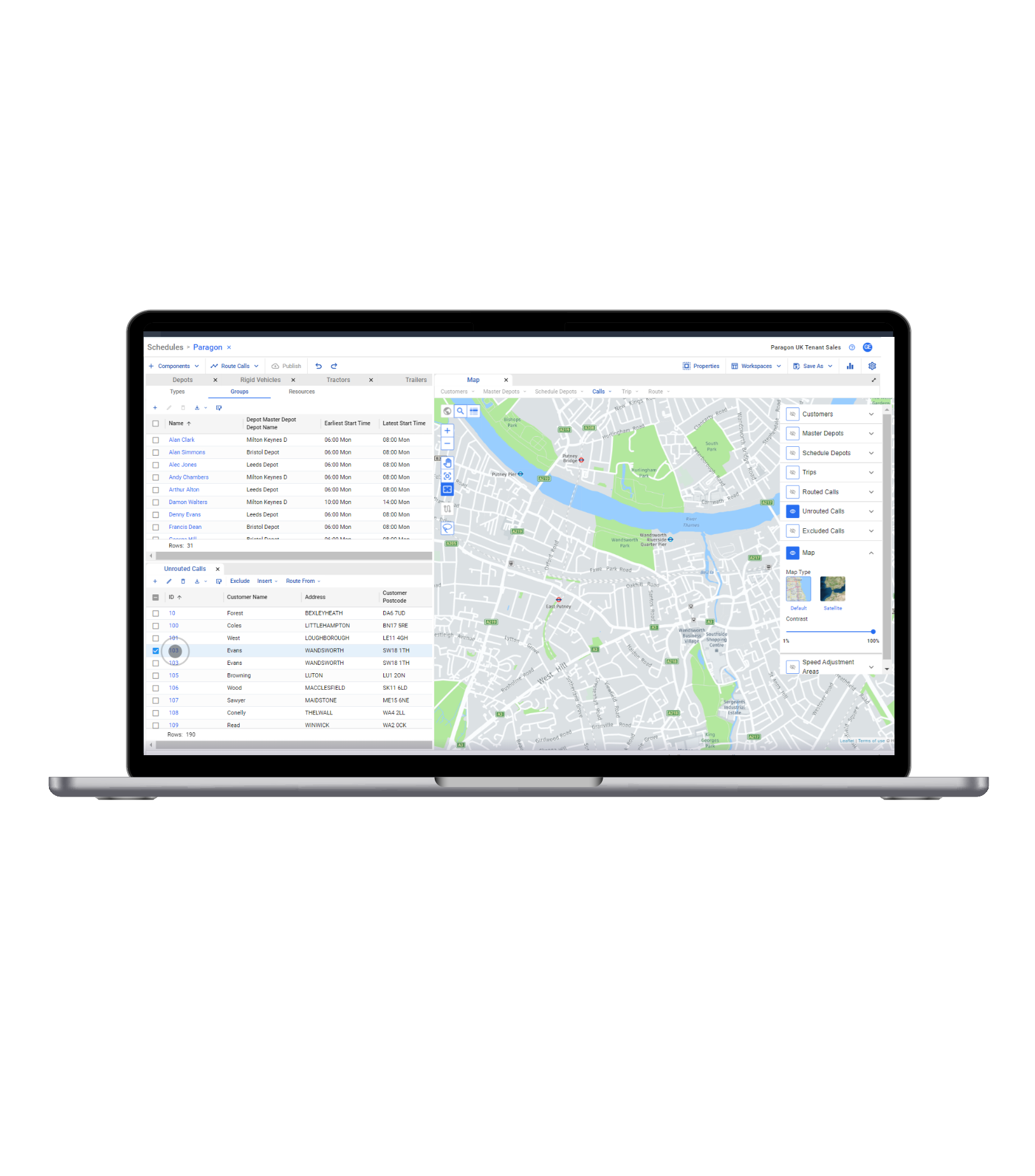Delivering Big, Bulky Items? Here’s Why You Need Home Delivery Software
Delivering Big, Bulky Items? Here’s Why You Need Home Delivery Software
Delivering Big, Bulky Items? Here’s Why You Need Home Delivery Software
6 Aug 2020
 Manog Tseung | Product Manager
Manog Tseung | Product Manager
Online sales of big, bulky items are on the rise as consumers shop virtual showrooms instead of the real thing.
Buying a refrigerator, a bed, or a couch online is increasingly becoming routine for consumers.
But the delivery of these items, which involve two-man teams going into the buyer’s home – and even assembling furniture and equipment – is anything but routine. The problem for big-item merchants is that buyers’ expectations for fast, time-defined delivery of online purchases, with full visibility throughout, is now extending to these more difficult in-home deliveries.
Buyers now want to choose the delivery time and check progress themselves – online. That’s a new and difficult expectation for brands to meet, especially when managing hundreds of trucks using relatively manual, often paper-based, processes.
The good news is that sophisticated home delivery software is available to help merchants transform the management of delivery operations and meet consumers’ delivery expectations.
But what does a more consumer-driven delivery operation look like? Here are five key things big-item buyers want – and how to make them happen.
1. Choose the Delivery Time Slot
Whether shopping at home or in-store, consumers want to pick the date and time of delivery. But unlimited choice of delivery times would spell chaos for larger fleet operators, who carefully plan truck routes to minimize time and miles. With the average cost per truck mile at $1.82, according to the American Transportation Research Institute (ATRI), inefficient fleets can easily rack up hundreds of thousands of dollars, annually, in added costs. Home delivery software solves this problem by enabling controlled choice. Here’s how it works: once buyers enter a home address and zip code to schedule a delivery, they can be directed toward the most cost-efficient slots, such as a morning when a delivery is already planned for the same zip code. Available delivery slots change in real time as new orders are added, and the software lets you score and display these slots based on how cost-effective or green-friendly they are. So, consumers get to choose from many different delivery options, which they love, but you are actually directing them to the delivery slots that are most efficient for you.
2. Change the Delivery Time
Consumers prefer to buy from brands that can easily accommodate schedule changes. And they prefer to manage the changes themselves, online – at any time of the day or night – rather than having to wait for customer service phone lines to open. That’s no problem when you have the right software in place, which can manage change requests online using the same controlled choice process as the original booking. By giving customers the ability to manage changes, brands maximize first-time delivery success rates and avoid the costs of re-delivery. One Aptean Home Delivery customer, a large garden supply retailer, reduced failed deliveries by 33% after enabling the self-service feature of our home delivery software – resulting in a six-figure saving.
3. Receive Reliable ETAs
Most consumers regard themselves as time poor. As their lives get busier, they’ve become much more protective of their personal time. As a result, “we’ll be there between 12 p.m. and 5 p.m.” is no longer an acceptable delivery promise. Consumers want to be able to schedule their lives around much tighter delivery windows. With the right route optimization solution, merchants can offer this high degree of delivery-time certainty. Delivery route timing is impacted by dozens of factors, from road speeds to unloading times per drop to truck and driver availability. Routing system algorithms account for all these variables and can predict highly accurate delivery ETAs – even if it’s the 12th delivery of the day.
4. Get Proactive Notifications
Consumers don’t want to stay in their homes waiting for a delivery any longer than they have to. And they get particularly annoyed if there is an unanticipated delay. That’s why they expect proactive alerts on shipment progress right up to the time of delivery. This isn’t a problem if you’ve got the right home delivery routing software. Email or text ETA updates sent to buyers can be scheduled as often as you like, and automatic day-of-delivery updates from the driver can let them know the exact arrival time. Having a single system that provides visibility across the different activities in your organization enables you to identify exceptions and proactively respond. For example, a delay at the distribution center can trigger an early notice to the consumer of a schedule change.
5. Check Delivery Status Online
When it comes to delivery status updates, consumers prefer to check online rather than phoning a call center. Yet brands continue to pay $7–$13 per interaction for customer service representatives (CSRs) to field status inquiries all day long. In our experience, it’s possible to eliminate a significant percentage of these costs by integrating live order tracking into your customer web portal – helping to achieve a very fast ROI on your routing software investment. In addition, a reduction in inbound call volume reduces the wait time for customers with more pressing issues. In this digital age, failure to enable customer self-service can diminish not only your profit, but also your brand. One smaller retailer recently told us that, for drivers without cell phones, the company’s CSRs often call the customer to ask if the driver has arrived yet. It’s not exactly the best way to establish your reputation as a digital-savvy brand.
Winning Sales through Superior Home Delivery
Today’s consumers expect a fast, seamless, and largely online home delivery experience – even for those smaller packages as well as big, bulky items. Brands that aren’t ready for this new era of consumer-driven delivery service will either lose customers to better-prepared competitors or cannibalize profits by trying to meet enhanced service demands using systems ill-equipped for the job.
Instead of product or price, it’s now home delivery operations that have become the new battleground for competitive advantage. And your delivery fleet, which historically has operated in the shadows, could become your most visible and important weapon.
We take a look at how delivery operation transformation can help you achieve this and more in our latest eBook, Making In-Home Delivery Operations More Consumer-Driven.
Is your business ready? Connect with our team now.
Haben Sie die Produkttour ausprobiert und sind Sie bereit, loszulegen?
Buchen Sie noch heute Ihre vollständige Demo mit unserem Team, um zu sehen, wie unsere fortschrittliche Routing-Software Ihnen helfen kann, die Leistung zu steigern.



